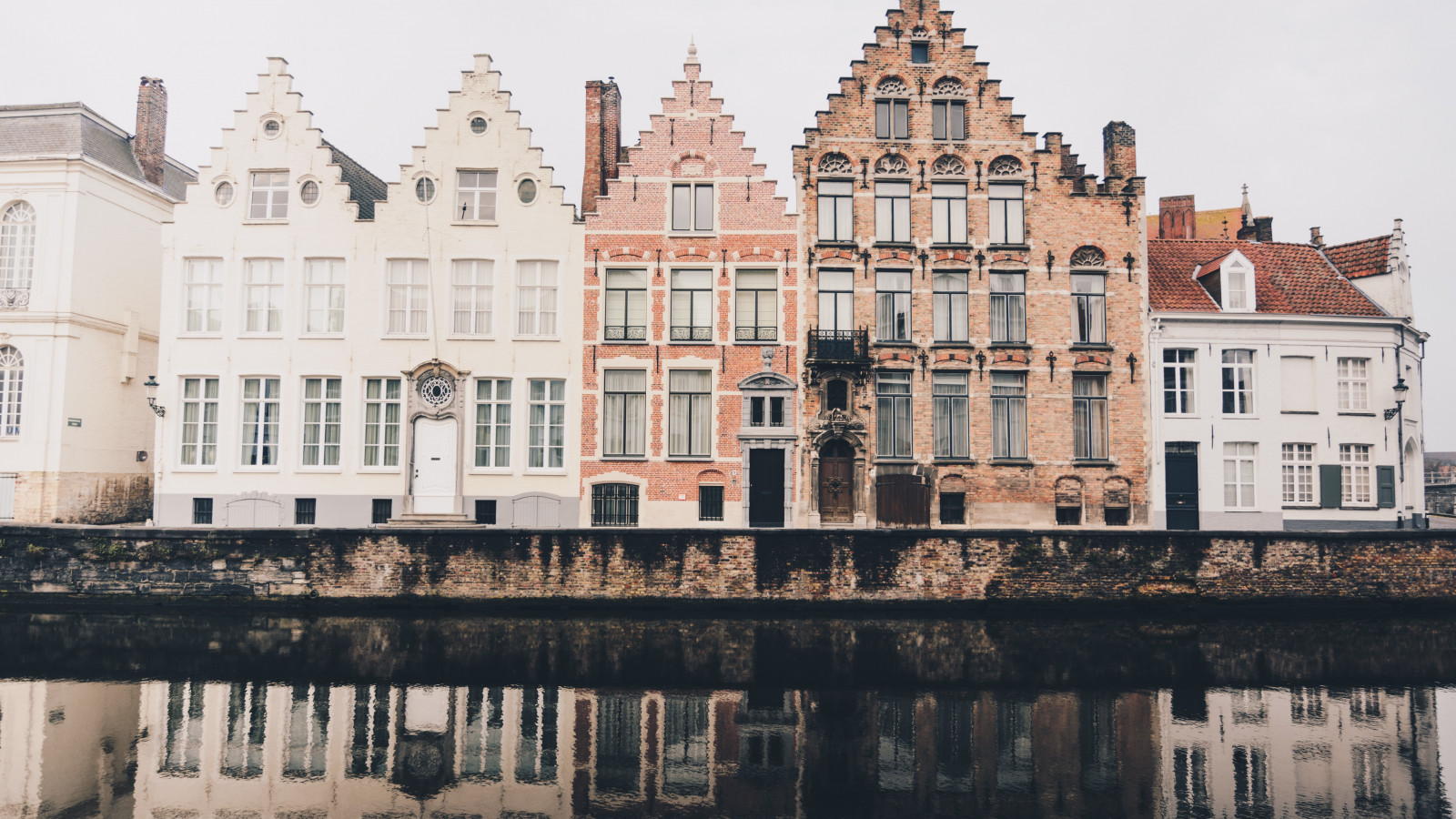Recently a couple of readers commented on my blog of August 2017 ‘Thermally Broken Window Frames’ regarding suitable materials for good thermal performance, specifically for windows. While their discussion centred on the thermal aspects, it raises the broader question of how architects and designers decide on the most appropriate materials, and construction details, to specify for their projects.
The design of the energy efficiency aspects of a building are important, but they still are only one factor to be considered. Whatever materials/constructions are chosen, they have to satisfy many often conflicting requirements such as durability, cost, aesthetics, compatibility with adjacent materials, ease of construction, anticipated service life, ease of maintenance/replacement, climate and environmental factors, and even orientation.
When architects, designers and the public approach us for the objective energy efficiency analysis we provide for both New Zealand Building Code – clause H1 compliance, and also to tweak their designs to maximise passive energy performance, they often ask for comment on the best products to use. The answer we usually give is “It depends,” because it does depend. Taking just the energy usage performance of a building, there is a dynamic interlinked relationship between the basic insulation, glazing and thermal mass elements. I discussed this in my December 2014 blog:
‘Insulation, Thermal Mass and Glazing: The Juggling Game’. Changing one immediately alters the effect of the others, so that there is no simple ‘rule-of-thumb’ for the selection of materials. This is before including the many other aspects which must be considered. A holistic approach to material selection and construction detail design is necessary and essential.
Energy efficiency performance is greatly influenced by the performance of the least efficient components — a simple well known example is that single glazing in a well insulated wall is the weakest point, so there is no benefit in increasing wall insulation before improving the glass. On the other hand is a narrow approach of just improving the glass the only possible solution? There are situations where single glass is the better form of glazing, e.g. a large sliding door to a building in a location where condensation is not a problem, and a night view is not relevant. In this case properly fitted curtains (refer to my August 2015 Detailed Blog: ‘Thermal Drapes: Do They Work as Insulation?’) will give good night-time insulation without the need to double the weight of the glass.
There are situations where a proprietary product has been designed with a focus on its thermal performance, but requires substantial additional construction to cope with the many other requirements for a fully functioning building element. The various forms of insulated wall panels are an example. For a cool store they work well, but if they are to be the primary insulation for the wall of a house their advantage is lost due to the need to cater for the non-thermal aspects of the total wall construction — including non-modular dimensions and window penetrations, structural support, weather and waterproofing, and aesthetics. When the cost and work involved to construct the wall is totalled, the value of the specialised insulation element is much diminished to the extent that a less efficient insulation solution is actually, in the bigger picture, more efficient.
When I visit Building Product Trade Fairs I often find that the manufacturers/distributors are full of praise for their product but not forthcoming when I try to discuss the situations where their use is not appropriate. OK, they are there to talk of the positives, but architects, designers, and builders have a wider responsibility when they specify materials. The Weathertight Homes Saga is an example of what can go wrong when glowing claims are made for particular products in isolation without regard for their performance as a component in a composite building element. The timber framing did not need to be treated because it would always be dry. The exterior coatings are 100% waterproof — yes, until a junction occurs or a hairline crack develops.
The specifying of windows provides a good example of the need for intelligent and holistic material selection. Coming back to the discussion of the first paragraph; there are climate zones where aluminium frames are probably not the best choice as timber could provide better thermal performance. Also, materials which are tested in Europe or China as being satisfactory may not be adequate for New Zealand’s harsher UV environment. From a construction detailing point of view, the move to recessed windows may improve a perceived discontinuity in the insulation barrier, but at what cost to the weatherproofing integrity of the whole window/wall junction.
When things go wrong it is the designers of the total construction element who carry the can because it is they who made the material selection decisions. Much care and all-inclusive thinking must be applied rather than just a narrow focus on the thermal performance aspects.




























 Most Popular
Most Popular Popular Products
Popular Products


